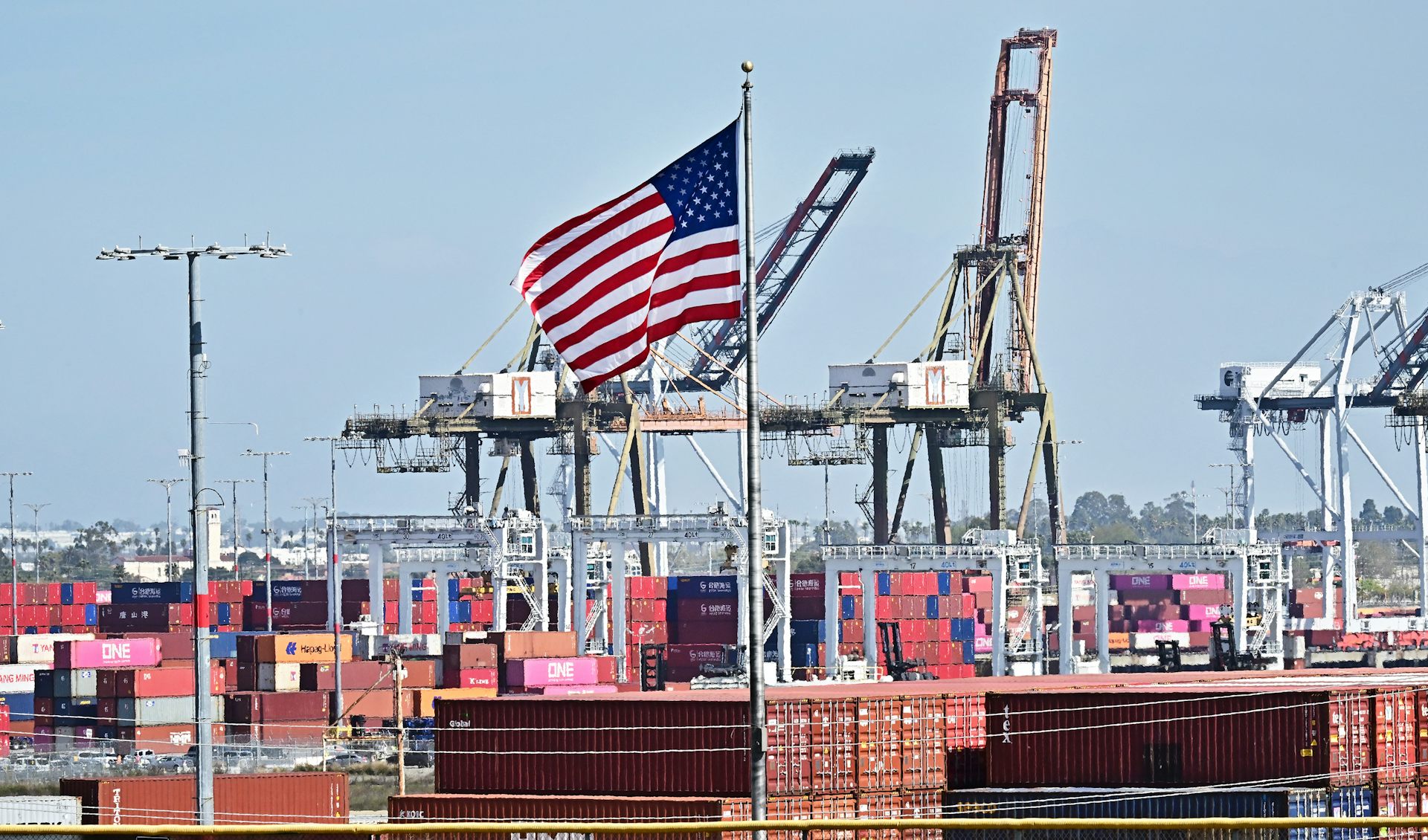Does the US have a planned economy? You might be surprised
Companies need adept planning to solve supply chain issues.
During the Cold War, a heated debate arose over the role of economic planning. Did the “planned” economy of the USSR or the “free market” economy of the U.S. allocate resources more productively?
Arguments against planned economies centered on the limits of information processing, the feasibility of production forecasts and the inflexibility of centralized plans.
The Soviet Union’s collapse seemed to relegate the economic planning concept to the dustbin of history. But issues raised in those debates are still relevant today.
New research finds that the top 1% of American companies control 90% of U.S. production-related assets and account for 80% of sales revenue. This means a relatively small number of companies are responsible for the majority of U.S. economic activity.
For these companies, planning – particularly the coordination of activities across global supply chains – represents a significant strategic focus. Americans rarely think about the importance of planning, but it plays a crucial role not only in the availability of consumer products but the economy overall.
Thousands of products, millions of transactions
As a professor who teaches about supply chain issues, I have worked to understand the implications of planning.
Supply chain planning refers to the set of iterative, interconnected decisions aimed at continuously aligning company capacity, inventory and other assets to maximize profits. It integrates a range of decisions across different time horizons, from longer-term optimization of global supply networks to near-term scheduling of deliveries.
Planners also decide how much product to make or buy based on shifting consumer demand. And perhaps most importantly, they manage the time required to ensure that products arrive at the right time, in the right place and in the right form. They do this not just once but across thousands of products and millions of transactions each day.
Consider a typical Walmart store, which offers roughly 120,000 different products – technically known as stock-keeping units, or SKUs – at any given time. These products must be made available in over 10,000 stores worldwide – as well as online and at homes – 24 hours a day, seven days a week.

And they must be made available in an assortment that changes continuously, sometimes dramatically, based on consumer preferences and outside events. Products must be competitively priced, fueling a relentless search for lower input costs. Planners attempt to coordinate this vast network of people, products and places to profitably match supply and demand.
The best-laid plans
Sometimes plans work; sometimes they don’t. The most obvious signs of planning dysfunction are empty shelves and long wait times. Less obvious are billions of dollars in excess inventories. And even more deeply hidden are innovation delays and massive waste across the supply chain.
These dysfunctions are pervasive in most companies. But it took the COVID-19 pandemic to expose what many planners already knew: Dated planning technologies, gaps in talent and overstretched supply chains keep companies from delivering the goods.
For decades, planners have relied on enterprise resource planning systems – a form of business-management software – to integrate companies’ core business processes from raw material purchase to point of sale. Developed in the 1990s but often based on models from the 1960s, these systems can be rigid and have numerous built-in flaws.
What’s more, companies often use dozens – sometimes hundreds – of different systems to manage workflows and databases. As a result, planners must cobble together incomplete information from multiple sources to determine dynamic supply-and-demand requirements.
Automation’s potential
Automation, especially when it incorporates learning algorithms, has enormous potential for overcoming technological challenges. But the data requirements are daunting.
Those of us with a pantry full of toothpaste because we subscribed to a set-it-and-forget-it delivery service will appreciate the dangers of automating decisions based on a forecast. Solving that problem for a global supply chain requires extremely high-quality data coupled with sophisticated analytics. Most companies aren’t there yet.
And even if the systems are available, it isn’t clear that the people needed to operate those systems are ready. Businesses are increasingly turning to planners to direct supply chain processes.
But the knowledge, skills and attitudes that today’s planning professionals need are very different than what was needed just a few years ago. Planners today must be far more comfortable managing ambiguity, leading change and adapting to new technologies.
The need for planning talent comes at a time when labor shortages and training issues plague the supply chain. While innovative educational programs have emerged, it will take time to develop the needed talent.
Challenges and solutions for supply chain management
Finally, the global scope of today’s supply chains creates daily challenges for planning. Even assuming a company has the systems and people to optimize inventories for future demand, it still needs to move that inventory around the world.
So, in addition to solving a complex demand-supply matching problem, planners must execute that solution with planes, trains, trucks and ships. Even a passing glance at the headlines will give you a sense of how difficult that can be. Risks include global conflicts and infrastructure breakdown.
Companies are slowly shifting their supply chains to lower-risk places and establishing more regional networks. But creating new facilities and adding business partners takes time. It also takes systems and talent, because it’s planners who will make these decisions.
A brave new-ish world
The challenges facing companies today mirror the economic planning debates of the Cold War, with many of the same issues returning. There are clear differences with Soviet-style centralized planning. But an increasingly consolidated set of companies plan huge swaths of the U.S. economy.
For individual companies, planning failures can easily lead to business failure. And at the economy level, planning dysfunctions produce both excess and scarcity. That means too much stuff, but not the right stuff people need to improve their lives.
As the U.S. economic system faces its own challenges, the question may be whether it’s possible to plan our way to prosperity.
Daniel Pellathy does not work for, consult, own shares in or receive funding from any company or organization that would benefit from this article, and has disclosed no relevant affiliations beyond their academic appointment.
Read These Next
Data centers need electricity fast, but utilities need years to build power plants – who should pay?
How many data centers will be built – and how much electricity they’ll need – is uncertain. Being…
Whether Netflix or Paramount buys Warner Bros., entertainment oligopolies are back – bigger and mor
Hollywood has seen this movie before.
Black-market oil buyers will push Venezuela for bigger discounts following US seizure – starving Mad
Venezuela relies on the black-market oil trade for a large chunk of its revenue. US enforcement actions…






